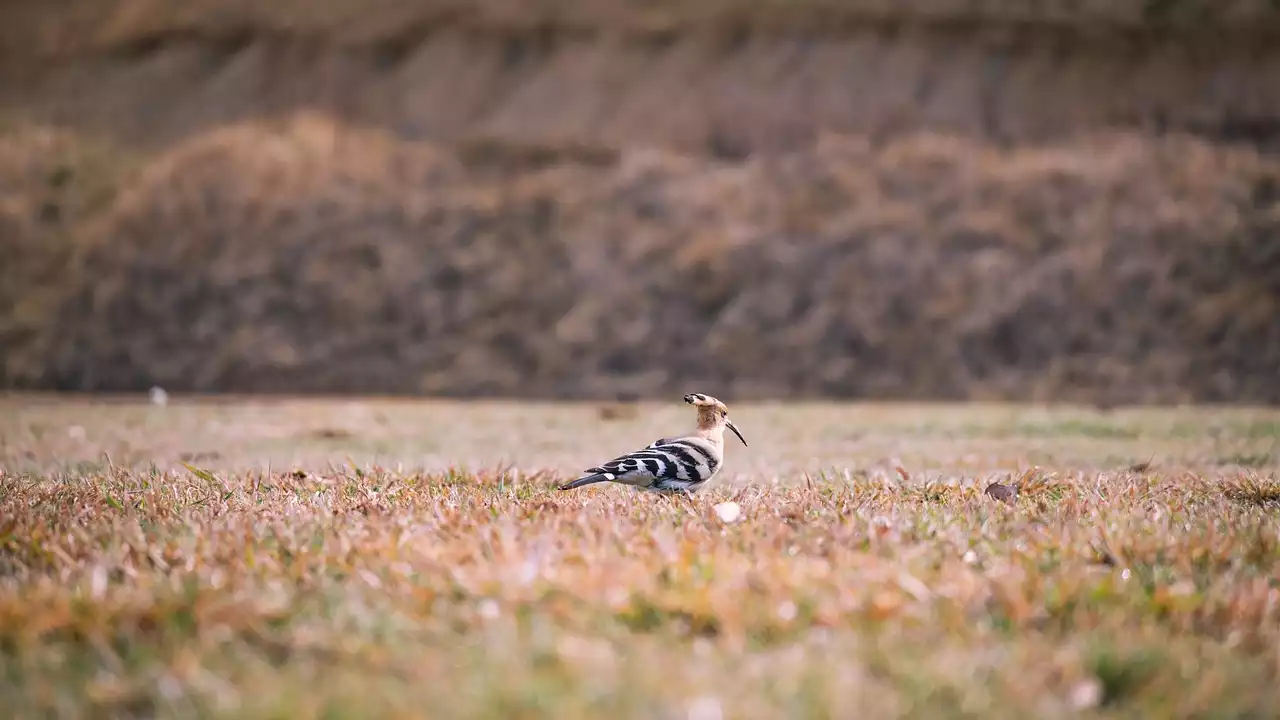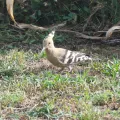With its beautiful and vibrant colors, the rainbow lorikeet is a stunning sight to behold. Bird-watching enthusiasts flock to tropical areas, such as Australia and New Zealand, to experience the joy of witnessing these colorful creatures in their natural habitat. It is a truly breathtaking experience to watch as the rainbow lorikeet soars through the air and dives to feed on nectar from flowers. Its bright splash of colors can also be seen perched in trees and shrubs across these regions. Bird watching provides an opportunity to observe the behavior of these birds and appreciate the diversity of the avian world. It is a perfect hobby for anyone who loves the outdoors and is passionate about wildlife. With the right knowledge and preparation, bird-watching can be an enjoyable and rewarding experience.
Overview of the Rainbow Lorikeet
The rainbow lorikeet is a species of parrot that is native to Australia, New Zealand, and nearby islands and atolls. It is one of the most common birds found in the wild in Australia and has been introduced to New Zealand. The rainbow lorikeet is also known as the loquat, melodious lorikeet, and pau-mau. The bird is small and has a long tail with a blue or green sheen. It has a bright red beak and a yellow or orange face and breasts. There are five subspecies of the rainbow lorikeet that have different colored beaks. The subspecies found in Australia have red beaks, the subspecies found in New Zealand have orange beaks, and the subspecies found in nearby islands have yellow beaks. The rainbow lorikeet is a member of the Psittaciformes order, which also includes other parrots.
Locations for Rainbow Lorikeet Bird Watching
The rainbow lorikeet is native to all tropical regions of Australia. It can also be found in nearby islands, such as New Zealand and the Pacific Islands. The best time for rainbow lorikeet bird watching is from September to June. The more tropical areas of Australia, such as Northern Queensland and Northern New South Wales, are recommended for bird watching and rainbow lorikeet viewing. Tropical areas provide the best conditions for these beautiful birds to thrive. The following are some ideal locations for rainbow lorikeet bird watching: Northern Queensland and Northern New South Wales - The Northern Queensland and Northern New South Wales regions are home to the most rainbow lorikeets. These regions are home to the Ribbon Cay wetlands, which are known as the rainbow lorikeet capital of Australia. The area is a wetland, so it is best to visit in the rainy season, between October and March.
Equipment Needed for Bird Watching
The right equipment is essential for a successful bird-watching experience. When looking for gear, it is important to choose items that are light and easy to carry so they do not weigh you down. Here is a list of gear that is recommended for a trip out bird watching:
Binoculars - A good pair of binoculars is essential for any bird-watching enthusiast. A pair of binoculars allows you to closely observe the rainbow lorikeets and other birds from a distance so you do not disturb them. A good pair of binoculars will allow you to view the birds in great detail. Make sure to get a pair that suits your needs and budget.
Climbing gear - If you are planning on climbing a tree to observe the birds, then you can use a pair of binoculars. However, you will have to climb a very tall tree to get close enough to the birds to use binoculars. Alternatively, you can use a telescope to view the birds. A telescope can be attached to a tripod or a stand so it can be placed in a stationary position. Alternatively, you can use a pair of zoom goggles or a camera with a zoom lens. Goggles and cameras can be placed in a stationary position so you can get a close-up view of the birds. However, they may not be ideal for very tall trees.
Hiking gear - If you are planning on walking to a location to view the birds, then you will need a backpack to carry all your gear. When choosing a backpack, make sure it is large enough to carry all your gear. You will need the following items for a successful bird-watching excursion:
• Binoculars - Make sure to bring a pair that is easy to use and comfortable to hold. You will be spending a lot of time looking through binoculars, so make sure they are the right size and weight for you.
• Waterproof jacket - It is very important to stay dry while bird watching. You can get caught in sudden rainstorms or have to walk through muddy terrain. A good waterproof jacket will protect you from the elements and keep you dry.
• Warm jacket - It can get very cold in the Australian and New Zealand regions. Make sure to bring a warm jacket to stay warm in cooler temperatures.
• Trekking shoes - You can get very muddy while walking through wetlands and marshes. Make sure to wear sturdy and waterproof shoes to protect your feet from mud and water.
• Binocular strap - A strap that attaches your binoculars to your backpack will keep them secure and prevent them from slipping off your shoulder.
• Bird guidebook - Bring a bird guidebook with you to identify any birds you encounter while bird watching.
• Zoom goggles or camera with zoom lens - A zoom lens will allow you to get a close-up view of the birds. Zoom goggles or a camera with a zoom lens can be placed in a stationary position to get a close-up view of the birds. However, they may not be ideal for very tall trees.
Tips for Bird Watching
- Stay quiet and still while bird-watching to avoid scaring the birds away. You do not want to startle the birds or cause them to fly away.
- Be patient and observe the birds for as long as you can. Remember, it may take a while for you to see the rainbow lorikeets.
- Bring a bird guidebook with you to identify any birds you encounter while bird watching.
- Try to locate the birds’ nests so you can get a good view of the rainbow lorikeets and their young.
- Try to avoid wearing red or orange clothing while bird watching. Red and orange are the colors of danger for birds, so they could be frightened by your clothing.
Ethical Guidelines for Bird Watching
When you are out bird watching, it is important to be respectful of the birds and their environment. Here are a few tips on being an ethical and responsible bird watcher:
- Avoid Disturbing the Birds - When you are out bird watching, make sure not to disturb the birds. You do not want to scare them away or disrupt their nesting and breeding cycles.
- Follow the Rules and Regulations of the Areas You Visit - Make sure to follow the rules and regulations of the areas you visit while bird watching. This includes staying out of protected areas and not disturbing nesting birds.
- Stay Safe While Bird Watching - Make sure to stay safe while bird watching. Stay out of tall trees and make sure to wear appropriate clothing, especially if you are visiting colder regions. Make sure to wear a helmet if you are using a bike or motorcycle for transportation.


 Macro Lenses are Essential for Close-up Photography
Macro Lenses are Essential for Close-up Photography
 A Journey Through the Top Pokémon Games of All Time
A Journey Through the Top Pokémon Games of All Time Unveiling the Evolution of Pokemon
Unveiling the Evolution of Pokemon Where to see the Atlantic Puffin
Where to see the Atlantic Puffin Watching Exotic Birds - The Hoopoe
Watching Exotic Birds - The Hoopoe Bird Watching in Bali - Bird of Paradise
Bird Watching in Bali - Bird of Paradise Advice on Bird Watching Exotic Birds
Advice on Bird Watching Exotic Birds